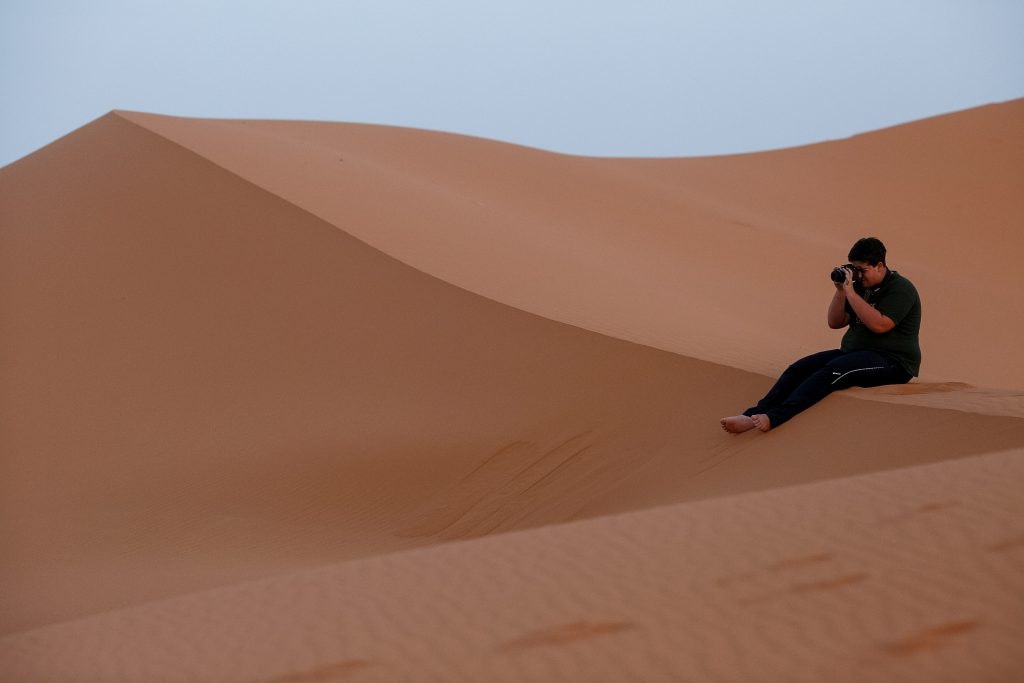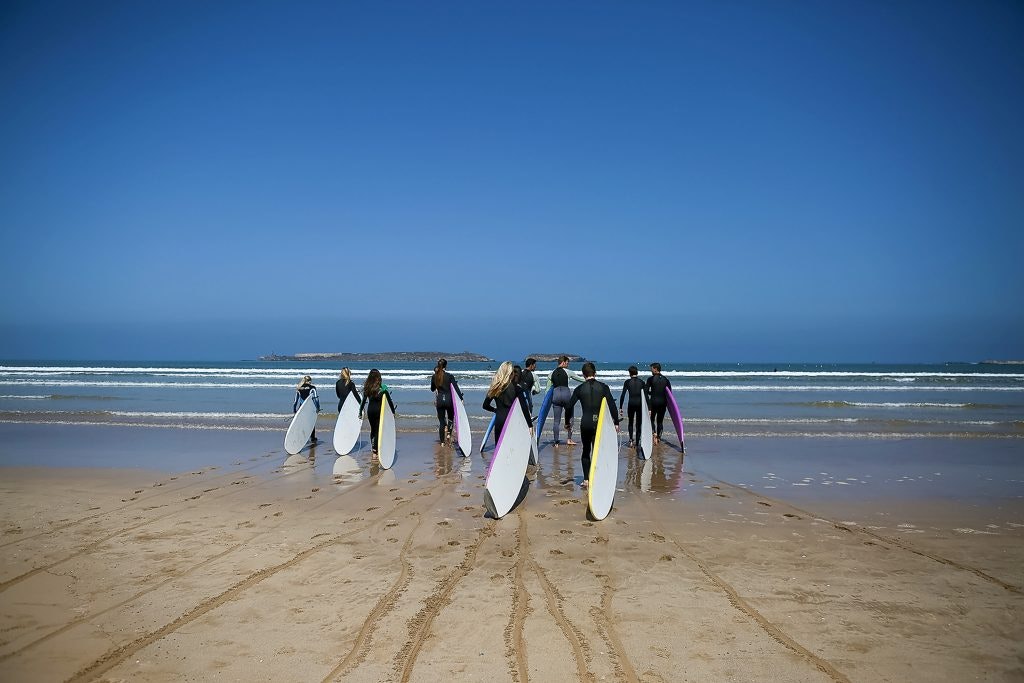4. Tea culture is very important in Morocco
Tea culture is an important part of Morocco. The most popular drink is a tea made with spearmint leaves, green tea and sugar called Maghrebi mint tea. It is traditional in Northern Africa, and it is central to social life.
Tea is best served with family and friends. The head male in the family traditionally makes the tea and serves it to guests as a sign of hospitality, offering three glasses or more. If you’re given the opportunity then drink up!

5. Morocco is home to the world’s oldest university
The Kairaouine Mosque was founded in 859 and is home to the University of al-Kairaouine (al-Qarawiyin), the world’s first university. It was built by Fatima al-Fihri, the daughter of a wealthy Kairaouine refugee.
Morocco’s population has higher literacy rates than most African countries. This is partly due to its free and compulsory education. About 88% of males aged 15-24 can read, compared to 74% of females.
6. Morocco’s history and present as a melting pot is unmatched
The two main ethnic groups of Morocco are Berbers and Arabs. The Berber people are the indigenous people of Northwest Africa. Around 30% of Moroccans are Berber, also known as Amazigh meaning “free people.” The Berber were Morocco’s first inhabitants and live nomadic lifestyles in the mountains and desert.
The Arab population in Morocco started with the Muslim conquest of the Maghreb in the 7th century. By the 11th century, Arab migration to Morocco was well underway. Today, nearly 1 million people from sub-Saharan Africa live in Morocco with many seeking passage to Europe.

7. Morocco has the second oldest ruling dynasty in the world
The current royal family has been in power since 1631. The House of Shorafa Aloui claims descent from the Islamic Prophet Muhammad. The current king of Morocco is Mohammed VI, 23rd in his line. He ascended to the throne in 1999. Morocco’s national holiday is Throne Day on July 30th each year marking the day that their king, Mohammed VI, took the throne.
Morocco was a French protectorate between 1912 and 1956. Morocco became a constitutional monarchy in 1957. The official name of Morocco is the Kingdom of Morocco.
8. Morocco has the largest film sets outside of Hollywood
Filmmakers also love Morocco. It has the largest film sets outside of Hollywood. The Atlas Film Studios in Ouarzazate are called “Morocco’s Hollywood.” Aït Benhaddou is a UNESCO World Heritage site and has been a backdrop in movies like “The Mummy” and “Gladiator.” Lawrence of Arabia, The Sheltering Sky, Mission Impossible, and Casablanca were shot in Morocco. The nation has also served as a location for Game of Thrones.
9. Moroccan food and dining has a very specific etiquette
Moroccan cuisine blends influences from Arabic, Berber, Mediterranean, Andalusian and European cultures. It is considered rude to handle food with your left hand and to refuse meat when offered.
Dinner is the largest and most important meal of the day. It is served late and meant to be shared. Bread is often used instead of utensils. Olive oil is mandatory.

Rustic Pathways travelers sharing a meal with a local host family.
10. Dates and argan oil are important exports for Morocco
Moroccan dates are highly regarded, with 9,000 tons exported globally each year. It used to be illegal to sell a date tree in Morocco.
Morocco is the world’s largest producer of argan oil made from the argan tree, native to the Sous valley of southwestern Morocco. Argan oil is a common ingredient in cosmetic products such as hair conditioner, but in Morocco, it is also often used for cooking.

11. Morocco has had four capital cities in its history
Morocco has four imperial cities: Rabat, Fez, Meknes, and Marrakech. Each of the four cities was once Morocco’s capital. The capital city of Morocco is Rabat, located on the Atlantic coast. Meknes is located in northern central Morocco and is the sixth-largest city by population.
Fez is one of the oldest medieval cities in the world and was the capital of Morocco until 1912. The Medina of Fez is one of Morocco’s UNESCO World Heritage Sites and is made up of around 10,000 alleyways that are too narrow for cars. Mules or carts are used to move items around the medina, or old city.
Marrakesh is famous for its bustling souks (markets), full of tantalizing food stalls, snake charmers and buildings with intricate patterns. Marrakech is the cultural capital of Morocco and known as ‘the Red City’ because all buildings must be red by law. Historically the buildings were made from red clay.
Casablanca is the largest city in Morocco. The city has the only Jewish museum in the Arab world, celebrating Judaeo-Muslim culture in Morocco. The Hassan II Mosque in Casablanca is the second largest functioning mosque in Africa.
12. The national animal of Morocco is the Barbary lion
Morocco’s flag is red with a green star, representing bravery, strength, joy, love, and the five pillars of Islam. The national animal is the Barbary lion, now extinct in the wild mountainous regions but present in zoos and conservation sites.
Ready to become a Moroccan Wanderer? Discover student travel programs and school group travel programs to Morocco.




 Morocco has two
Morocco has two 



